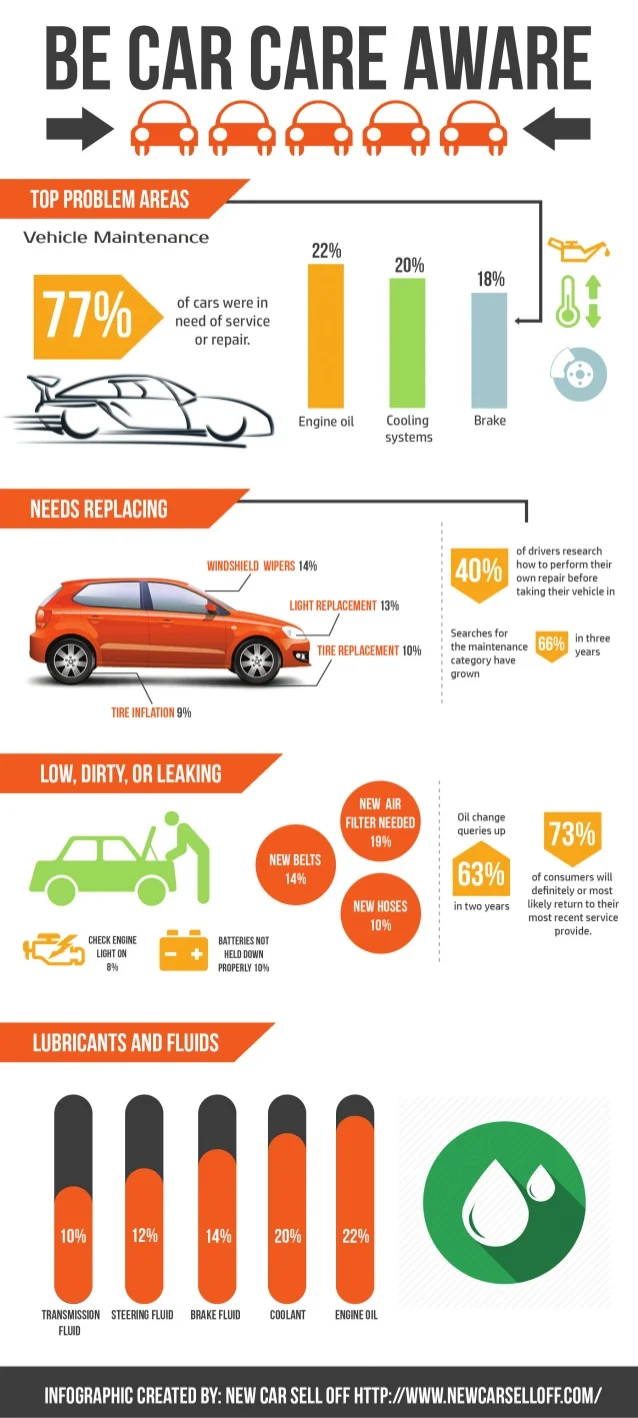Comprehending The Significance Behind Your Car'S Caution Lighting: A Thorough Appearance
Comprehending The Significance Behind Your Car'S Caution Lighting: A Thorough Appearance
Blog Article
Write-Up By-Higgins Gilbert
When you're behind the wheel, those beautiful warning lights on your dashboard can be a little bit bewildering. Do you know what they're attempting to tell you about your car's health and wellness? Comprehending car detailng of these lights is crucial for your safety and security and the longevity of your vehicle. So, the following time one of those lights appears, wouldn't you wish to decode its message accurately and take the required steps to address it?
Common Caution Lights and Interpretations
Identify common warning lights in your cars and truck and recognize their meanings to make certain risk-free driving.
One of the most common warning lights consist of the check engine light, which signifies problems with the engine or emissions system. If this light comes on, it's vital to have your lorry examined immediately.
The oil stress warning light shows low oil stress, needing immediate attention to avoid engine damage.
A flashing battery light could recommend a defective charging system, possibly leaving you stranded otherwise addressed.
The tire pressure surveillance system (TPMS) light alerts you to low tire pressure, affecting automobile security and fuel performance. Disregarding this could bring about dangerous driving conditions.
The abdominal light indicates an issue with the anti-lock braking system, compromising your capacity to stop promptly in emergencies.
Finally, the coolant temperature level cautioning light warns of engine overheating, which can cause extreme damages otherwise solved swiftly.
Recognizing these common caution lights will help you deal with issues quickly and keep secure driving conditions.
Value of Prompt Focus
Understanding the usual warning lights in your car is only the initial step; the relevance of immediately dealing with these cautions can not be highlighted sufficient to guarantee your safety when traveling.
When a caution light brightens on your control panel, it's your automobile's way of interacting a prospective issue that needs attention. Neglecting these cautions can lead to more extreme issues later on, jeopardizing your safety and potentially costing you much more in repairs.
Trigger focus to alerting lights can avoid failures and accidents. For instance, a flashing check engine light could indicate a misfire that, if left ignored, could cause damages to the catalytic converter. Resolving this promptly can save you from an expensive repair.
In a similar way, a brake system cautioning light may signify low brake fluid or used brake pads, critical components for your security when driving.
Do It Yourself Troubleshooting Tips
If you see a caution light on your dashboard, there are a couple of do it yourself troubleshooting pointers you can try prior to seeking professional help.
The very first step is to consult your auto's handbook to understand what the certain caution light suggests. Sometimes the concern can be as straightforward as a loose gas cap activating the check engine light. Tightening the gas cap may solve the trouble.
One more typical concern is a low battery, which can activate different alerting lights. Examining mobile detailing cars near me for corrosion and ensuring they're safe might repair the problem.
If a warning light persists, you can try resetting it by separating the auto's battery for a few mins and afterwards reconnecting it. Additionally, inspecting your vehicle's liquid levels, such as oil, coolant, and brake liquid, can help repair alerting lights related to these systems.
https://instantoilchange74951.sharebyblog.com/31099547/expert-insights-a-discussion-with-a-vehicle-describing-professional-on-optimal-techniques , comprehending your auto's caution lights is vital for keeping your lorry running smoothly and securely. By quickly addressing https://mynbc15.com/news/local/auto-body-shops-hit-with-supply-chain-issues and knowing what they mean, you can avoid pricey repair work and prospective failures.
Keep in mind to consult your car's guidebook for specific information on each warning light and act as necessary to guarantee a trouble-free driving experience.
Keep educated, remain secure when traveling!
